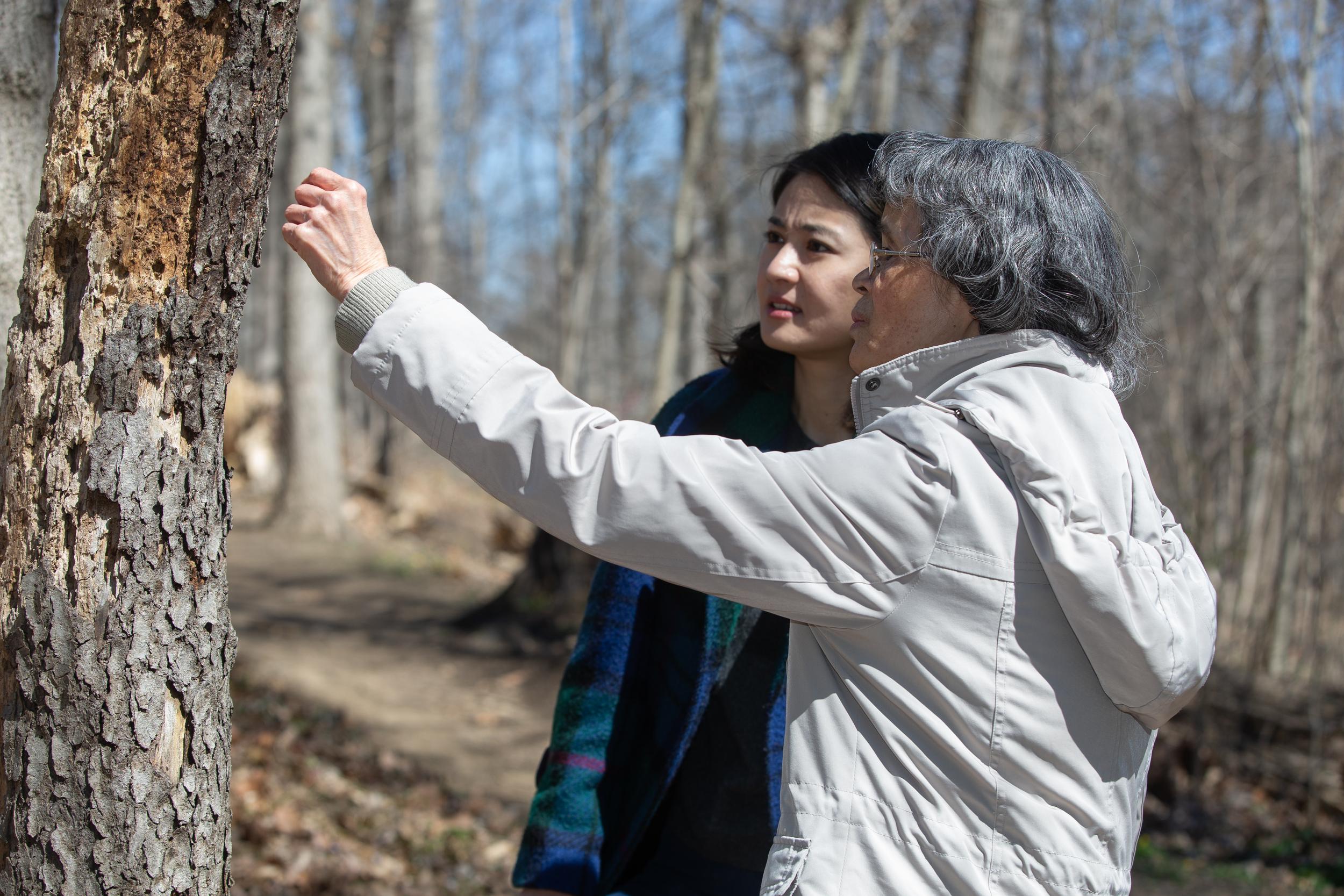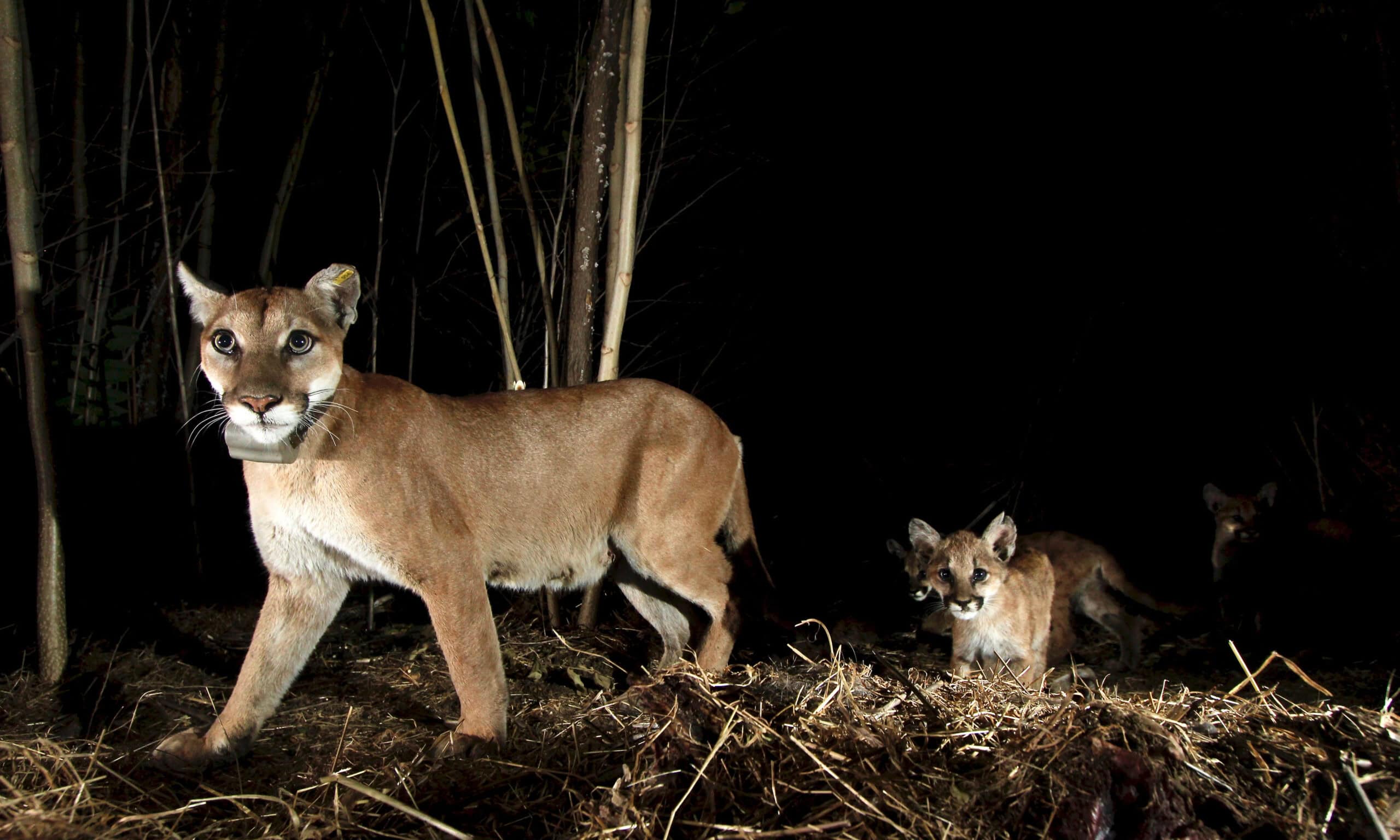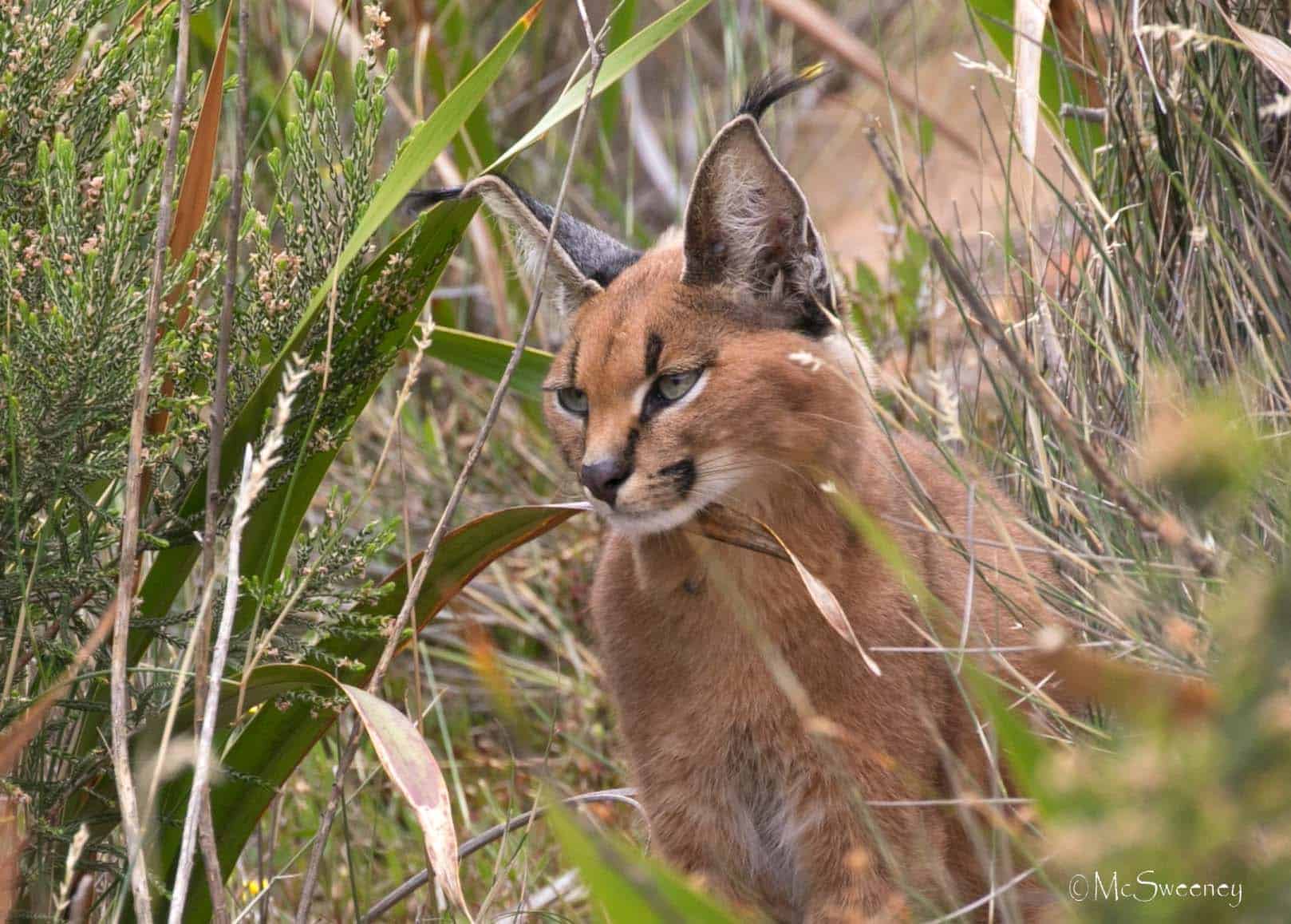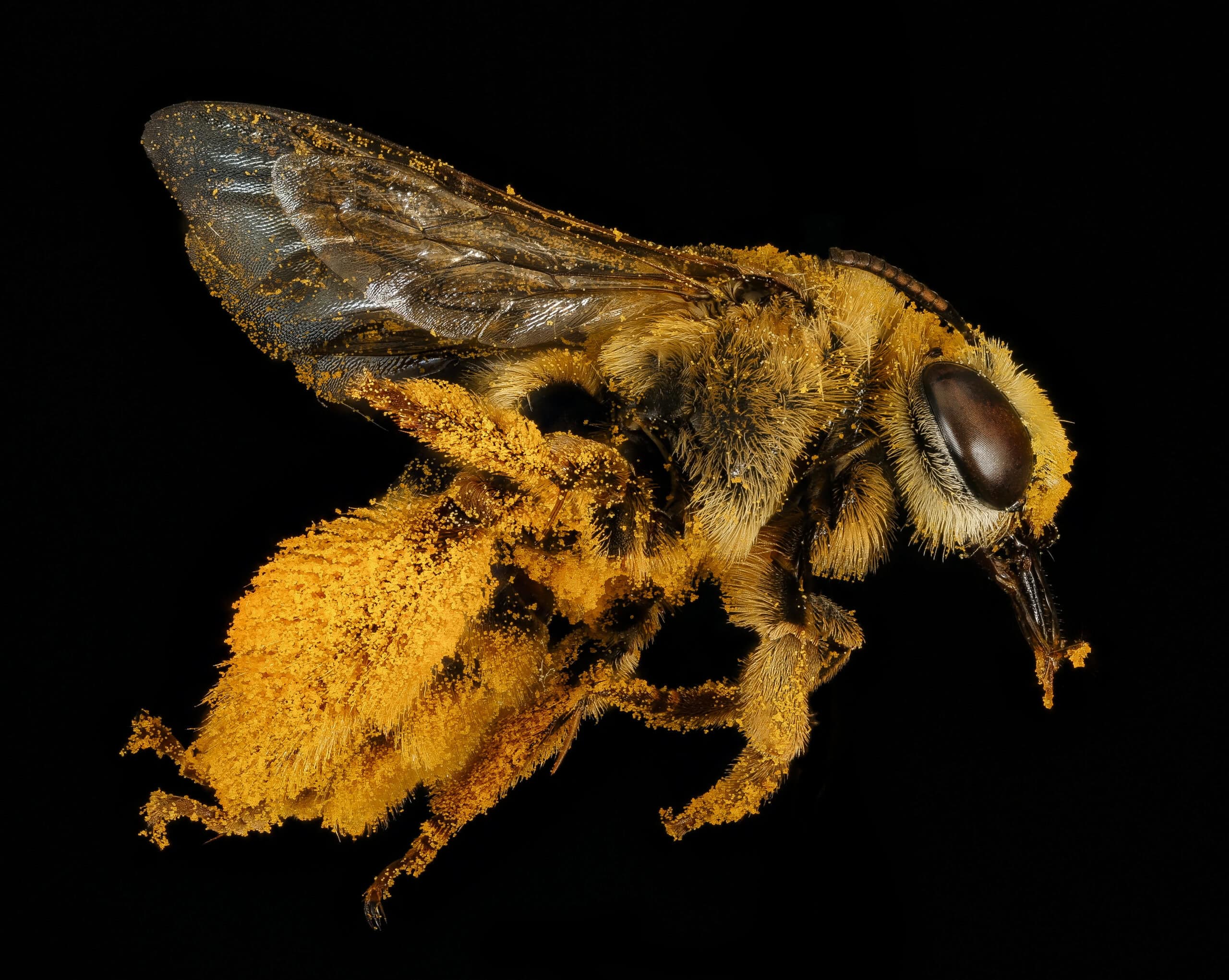Share this article
Wildlife Featured in this article
- pileated woodpecker
Researchers map a place for woodpeckers in city parks
Parkland can offer an urban oasis for pileated woodpeckers
Ruijia Hu was interning as a GIS specialist with the Cincinnati parks department when she noticed crews removing dead trees to make room for trails and picnic areas. That was great for the people using the park, but what about the wildlife?
She knew dead trees provided food and nesting areas for a variety of species, so she looked at pileated woodpeckers—the biggest woodpeckers in the U.S.—for clues to how removing dead trees affected wildlife.
“I started thinking maybe I should find an indicator species that was using those dead trees and more mature trees in the park,” said Hu, now a fourth-year PhD student in the University of Cincinnati’s geography department.
Pileated woodpeckers (Dryocopus pileatus), which range from British Columbia all the way south to Florida, prefer mature woodlands with dead trees. They peck out tree cavities to nest in, leaving behind habitat for other species that use them as well.
Using citizen science data, Hu led a study published in Forest Ecology and Management to find out where the woodpeckers were spending their time in urban areas of Hamilton County, Ohio. She tapped into data from the popular birding app eBird to make note of where pileated woodpeckers were observed. Then she looked at the vegetation and forest structure in these areas using remote sensing data.
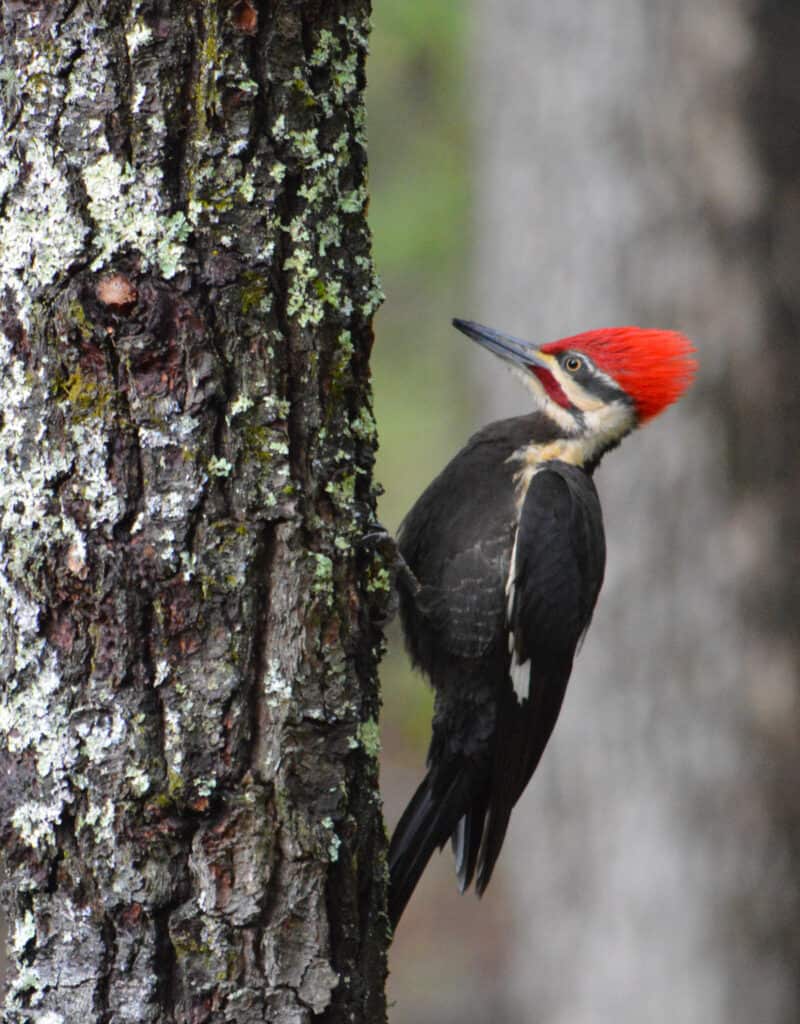
After reading about the pileated woodpecker’s life history, Hu confirmed that birds prefer dead trees, but she also found they like to nest near water.
To determine which areas of city parks the birds preferred, she and her advisor, Susanna Tong, combined the eBird data with information they gathered on deadwood trees, tree height, distance from water, and whether it was mature forest or not.
Their findings confirmed that water sources are important for the woodpeckers—they preferred to nest within 600 meters of water. They also found the birds chose trees that had recently died. “They prefer something easy to make nests in that at the same time [won’t] fall,” she said.
Fragmentation of mature habitat patches also impacted their habitat selection. Sometimes, the birds had to make tradeoffs, opting for more contiguous habitat even if it was a farther from water.
The findings suggest park managers should keep recently dead trees around to provide an oasis of nesting habitat for city-dwelling woodpeckers.
“Biodiversity loss is already occurring as we’re building more and more urban areas,” she said. “It’s hard for us to think that we can reforest all the urban area to create habitat for the birds. Instead, we have to consider what we can do to increase the coexistence of humans and wildlife in urban areas.”
Header Image: University of Cincinnati doctoral student Ruijia Hu and her advisor, Susanna Tong, look at telltale signs of woodpecker activity in the trunk of a tree. Credit: Andrew Higley/UC



